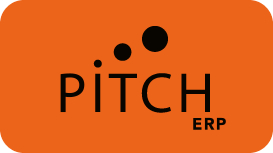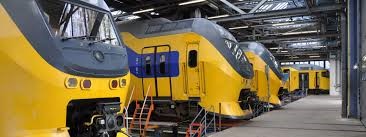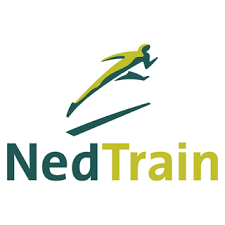NedTrain: Maximo-SAP implementation with Agile / SCRUM
Realization of the interfaces between SAP and Maximo supported by Agile and SCRUM at NedTrain.
The objective of the Maximo-SAP project is the implementation of Maximo for the maintenance and service processes and SAP for the purchasing, logistics and financial processes. This will replace the existing and also outdated systems.
Architecture
During the start of the project, we established the integration architecture and recorded it in the Project Start Architecture. It states that all interfaces are set up via the Service Oriented Architecture (SOA) and use is made of a Common Data Model (CDM). In addition, an Enterprise Service Bus (ESB) is used as a central integration hub for communication between the various systems.
Interfaces
Prior to the realization phase, we determined the integration need together with the process owners. Work on the train is planned in Maximo and interfaced to SAP, so that the necessary parts for maintenance are available to the technician on time. After maintenance, the consumption is registered in Maximo and recorded in the financial administration via an interface in SAP.
Agile and SCRUM
A team of functional and technical experts was responsible for the realization of the interfaces between Maximo and SAP. Dominique supervised this team in the role of SCRUM master and was responsible for the realization of the interfaces in SAP ECC and SAP PI.
Results
The new interfaces between Maximo and SAP make it possible for NedTrain to run through the primary process of maintenance and service to trains and the supporting processes fully automated.
About NedTrain
Within NS, the Service, Maintenance and Modernization departments (formerly NedTrain) are responsible for the maintenance of the trains. From technical maintenance to fast service and from cleaning to short and long-term overhaul: these departments ensure that the 1.2 million NS train passengers arrive at their destination on time, safely and in a clean train every day.
This post is also available in: Dutch



